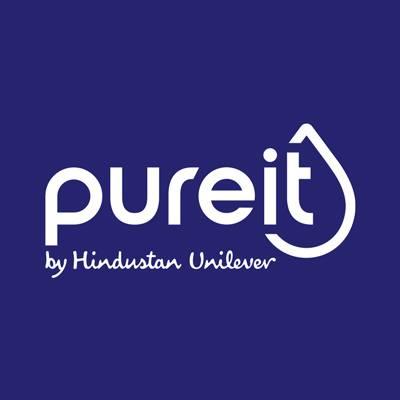Access to clean and safe drinking water is a fundamental human right, and it's essential for maintaining good health. In many parts of the world, the water that comes out of the tap may not be as pure as we would like it to be. This is where water purifiers come into play, and among them, Reverse Osmosis (RO) water purifiers stand out as one of the most effective ways to ensure that the water you consume is free from contaminants. In this article, we will explore the features and considerations to help you identify the best RO water purifier for your needs.
Understanding Reverse Osmosis
A semi-permeable membrane is used in the reverse osmosis method of water purification to extract pollutants from water. It works by applying pressure to push water through a membrane that traps particles, ions, and molecules larger than water molecules. This process effectively eliminates various contaminants, including bacteria, viruses, heavy metals, and other dissolved solids, making it one of the most reliable methods for water purification.
Factors to Consider
Water Quality: The first and foremost factor to consider is tap water quality. You can identify the precise impurities present with the use of a water test. If your water source has a high TDS (Total Dissolved Solids) level, an RO purifier is an ideal choice.
Capacity: Assess your household's water consumption. Different RO purifiers come with varying storage capacities. Select one that can meet your daily water requirements without frequent refills.
Filtration Stages: The number of filtration stages is crucial for effective purification. A multi-stage RO purifier can remove a broader range of impurities. The most common stages include sediment filtration, carbon filtration, RO membrane, and post-carbon filtration.
Wastewater Ratio: RO purifiers produce wastewater while purifying water. Look for a purifier with a lower wastewater-to-purified water ratio to conserve water.
Maintenance: Consider the ease of maintenance. RO purifiers require periodic filter replacement. Choose a model with easily accessible and affordable replacement parts.
Additional Features: Some RO purifiers come with extra features like UV or UF (Ultrafiltration) stages for added protection against bacteria and viruses. Others may have a TDS controller to retain essential minerals in the purified water.
Certifications: Ensure that the purifier you choose complies with relevant certifications and quality standards. This guarantees the efficiency and reliability of the purification process.
Energy Efficiency: Consider the energy consumption of the RO purifier. Over time, an energy-efficient model can save you money.
Installation: Check the installation requirements and space available in your kitchen. Some purifiers can be wall-mounted or placed under the sink, so choose one that suits your kitchen layout.
Customer Support: Reliable customer support and after-sales service are essential for addressing any issues or concerns with your RO water purifier.
Conclusion
A healthy and happy existence depends on having access to safe and clean drinking water. A high-quality RO water purifier can significantly contribute to achieving this goal. By understanding the factors mentioned above and evaluating your specific needs, you can select the best RO water purifier for your home. Remember that the best choice may vary from one household to another, so prioritize your individual requirements to make an informed decision and ensure the health and well-being of your family.
